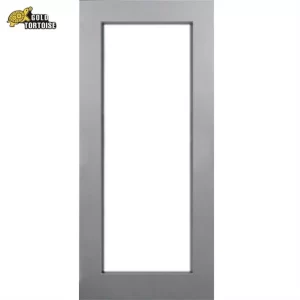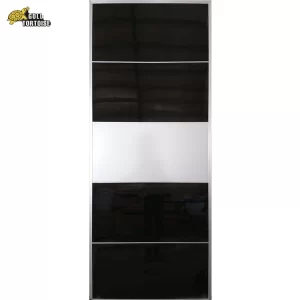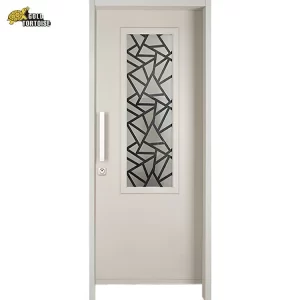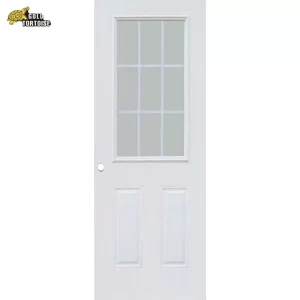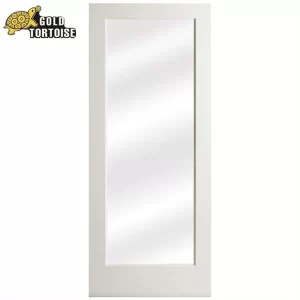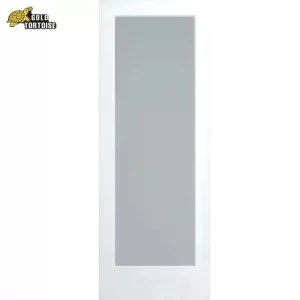Door skin refers to the outermost layer or surface of a door. The materials used for door skin can vary based on the type of door, its intended use, and the desired aesthetic. Here are some common materials used for door skins:
1. Wood Veneer:
Wood veneer is a thin layer of natural wood that is applied to the surface of a door. It provides the appearance of solid wood while being more cost-effective. Common wood species used for veneers include oak, mahogany, maple, and cherry.
2. Hardboard:
Hardboard, also known as high-density fiberboard (HDF), is a type of engineered wood product. It is made by compressing wood fibers with heat and pressure. Hardboard is smooth and uniform, making it suitable for painting or applying veneers.
3. Medium-Density Fiberboard (MDF):
MDF is an engineered wood product made by breaking down wood fibers and combining them with wax and resin. It is smooth and dense, providing a consistent surface for finishing. MDF door skins may be used for painted doors.
4. Metal:
Metal door skins are often made of steel or aluminum. These provide durability, security, and resistance to weather elements. Steel door skins may have different gauges (thicknesses) depending on the desired strength and application.
5. Fiberglass:
Fiberglass door skins are made of reinforced plastic materials. Fiberglass doors are known for their durability, resistance to moisture, and ability to mimic the look of wood.
6. Vinyl Cladding:
Vinyl cladding is a layer of vinyl applied to the surface of a door. It is known for its low maintenance and resistance to moisture and insects. Vinyl-clad doors are often used for exterior applications.
7. Laminate:
Laminate door skins consist of layers of paper or fabric impregnated with resin and bonded to a substrate. Laminate doors are durable and come in a variety of colors and patterns.
8. Glass:
In the case of glass doors, the door skin may be made entirely of glass or include glass panels. Glass doors provide transparency and can enhance natural light in a space.
The choice of door skin material depends on factors such as aesthetics, cost, durability, and the intended use of the door. Manufacturers often offer a range of options to suit different preferences and applications.

